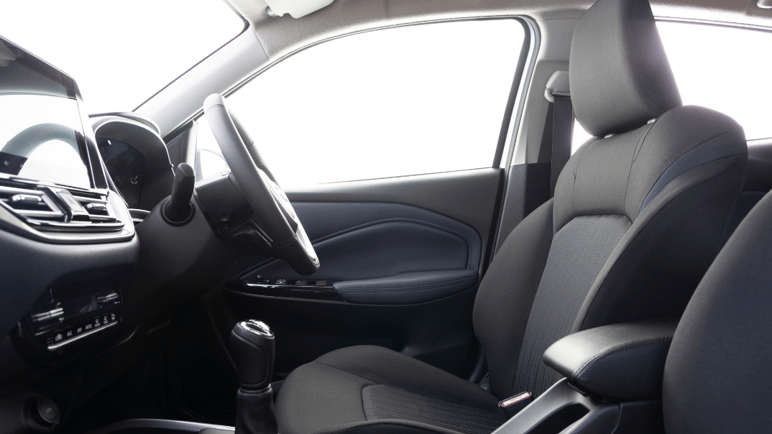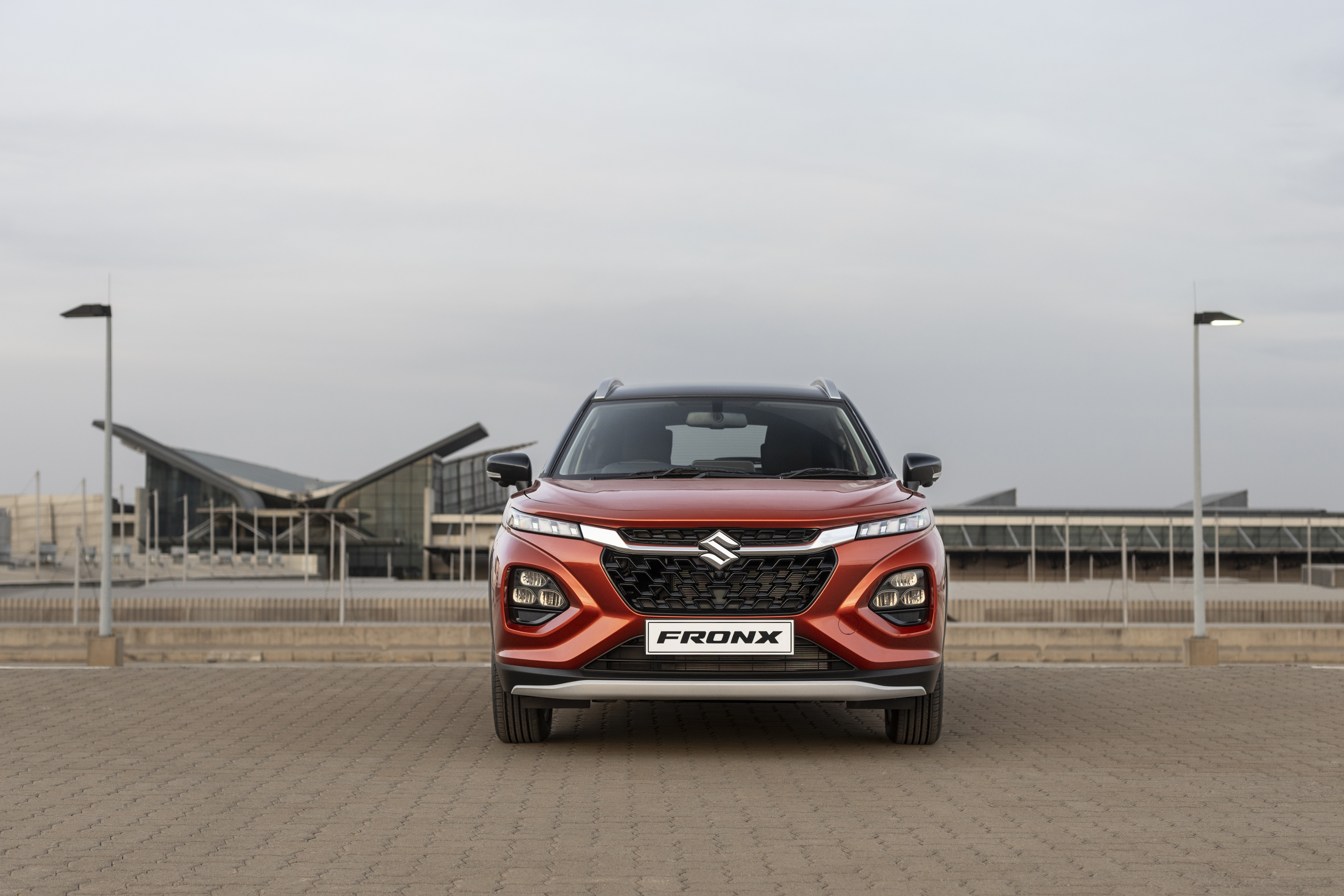 In this episode of How Things Work, we’re taking a look at your car’s passive safety systems. Peter Viljoen takes a look at the different types of chassis that are in cars, how designers meet the brief to design a chassis and how it helps to keep a car’s occupants safe and mitigate the effects of a crash.
In this episode of How Things Work, we’re taking a look at your car’s passive safety systems. Peter Viljoen takes a look at the different types of chassis that are in cars, how designers meet the brief to design a chassis and how it helps to keep a car’s occupants safe and mitigate the effects of a crash.
If you can’t watch the video, you can read the video transcription below:
Edited for clarity and readability
Welcome to our next instalment on How Things Work on Let's Talk Automotive.
This week, we're going to have a look at passive safety systems. In our last instalment, we spoke about active safety systems, and you might be wondering what is the difference between active and passive safety systems.
Very simply put, active safety systems try and prevent an accident. So we find that most of our active safety systems are electronic systems, but our passive safety systems try to mitigate the effects and the consequences of having an accident. And so our first example of a passive safety system is going to be the chassis of the vehicle.
When it comes to chassis, we have two main types of chassis. We have a ladder frame chassis, which has a unibody that's put on top of it, or we have a monocoque chassis where the entire body and chassis is made up as one piece.
Now there's advantages and disadvantages to each one. So a ladder frame chassis is predominantly used in off-road vehicles and commercial vehicles. It's very, very strong. It has a nice ride height, and also it's very simple to repair as well as cost-effective to repair compared to a monocoque chassis. A monocoque chassis’ advantages are that it is lightweight but incredibly strong. It also has better ride and handling characteristics, but whatever chassis we're talking about, whether it's ladder frame or monocoque, the name of the game when it comes to passive safety is how we dissipate energy and absorb shock.
And I honestly think that the real geniuses, when it comes to the design of a modern motor vehicle are the guys that design the chassis because they get a very tough design brief, and I'm going to illustrate it with this piece of paper.
So basically, they get told with this material we want our chassis to be as light as possible. We want it to be as strong as possible, but we also want it to be soft and certain areas and we want it to be rigid in others. So how do they do it?
There are a couple of techniques that they use. The first is that they use different strengths of material at different points in the chassis. And the reason why they do that is that particularly on a side impact, we don't have the luxury of traditional crumple zones for side impact.
And therefore we have to be able to dissipate the energy around the vehicle and away from the occupants of the vehicle. And we achieved that by using soft materials in strategic areas in the chassis. And as you can see from the illustration with the side-impact, you can see the energy being dissipated over the roof, under the vehicle and away from the occupants, both front and rear.
The second thing that the designers do is a clever manipulation of how they actually shape the material that they're using. So if I take this piece of cardboard, as it stands, it's nice and locked, which ticks off the first design brief, but it's not very strong, not very tensile. And in fact, if I take my phone and I try to put it on here, that's not going to be able to hold the weight of the phone. However, if I put creases and folds into this, you'd be amazed at just how strong I can make this part.
Right. So now I’ve applied my new design to my material. And as you can see how it easily holds the weight of my phone. So quite incredible, the same material, same weight, and yet I've made it a lot more rigid.
And that's exactly what the designers do with the chassis. Now there's another feature that this illustrates and that, of course, is how our crumple zones work. So a crumple zone is designed as the name suggests that in an impact, the crumple zone is actually going to fold up neatly similar to a concertina.
And in fact, they are weak points that are built into the chassis legs of the vehicle that allow this to happen seamlessly like this. Now, why do we want to have crumple zones? What do they do? A crumple zone really is there to reduce the speed, in fact, it's there to reduce the impact force that would traditionally occur.
So on the front and the rear of the vehicle, you're going to find that the crumple zones are a lot softer than the middle of the vehicle, which is our safety zone.
That's a no-compromise area and it's nice and rigid and strong. And as you can see from the graph, it's all about reducing speed because kinetic energy is a function of velocity squared. The formula is kinetic energy equals half times mass times velocity squared.
And in fact, they've done research in Europe that shows that from speeds of 120 kilometres per hour, if we just reduce speed by 16 kilometres an hour, we have fewer fatalities. So that's where our crumple zones come into play. As the vehicle is deforming, it is slowing the vehicle down. So from 120 kilometres now potentially to only 104 kilometres an hour, by the time our safety cell impacts and that alone is going to reduce injuries by a dramatic degree.
All right. So let's take all the theoretical stuff that we've gone through and go and have a look at exactly how it works on an actual vehicle. As mentioned, we get two different types of chassis. So we get a monocoque chassis, as well as a ladder frame chassis. We have the Suzuki Ertiga here, which is a classic example of a modern monocoque chassis.
One of the elements that we spoke about was pedestrian safety. And this is beautifully illustrated here on this Ertiga where you can see the nice soft plastic points on the front over here. And this is so that in the event that a pedestrian gets hit by the vehicle, the soft points over here will absorb a lot of the shock and therefore protect the pedestrian on the chassis leg of the Ertiga. You'll also see some prebuilt defamation points at that arrow over there.
You can see there's a kink in the chassis leg, and that's when there's a front impact. Our crumple zones start to take effect and that chassis leg will start to deform nicely and slow down the vehicle itself. Now let's have a look at the side of the vehicle. We will start to see some of the effects of having different strengths of material.
So if I tap on certain areas of the vehicle, you, yeah, they're nice and soft, but on other areas, it's pretty hard and rigid. And then we can also start to see how effective the folds are that we see in the chassis. So this serves two purposes. The first is it creates rigidity as we demonstrated. And the second is that you'll notice these folds step up and get higher and higher.
And this prevents the door from ingressing into the cabin in the event of a side impact. So incredible technology that's been applied to a modern monocoque chassis. Well, thanks very much for watching. And that brings us to the end of part one of the passive safety features, be sure to join us next week on let's talk automotive. We will take you through part two, which is airbags and seat belts.
To watch the full episode, visit: https://fb.watch/1AVXnMHFVX/
Want to know when the next episode is available? Sign up to get notifications straight into your inbox.



